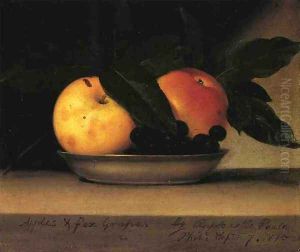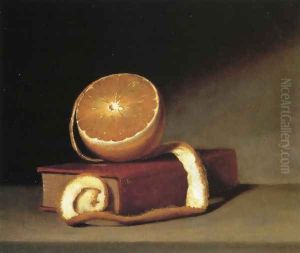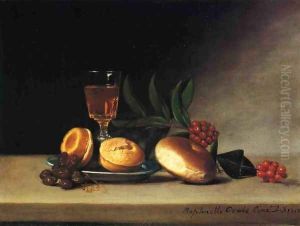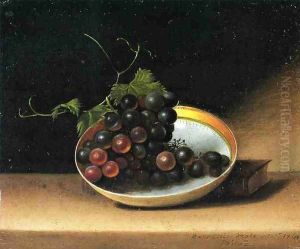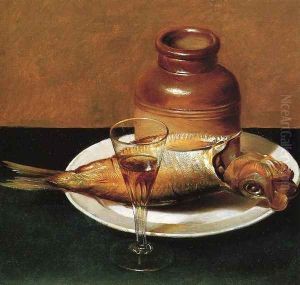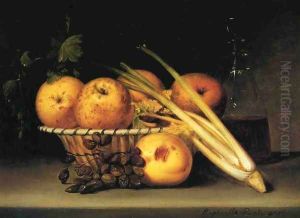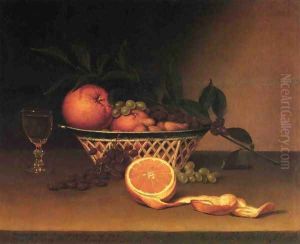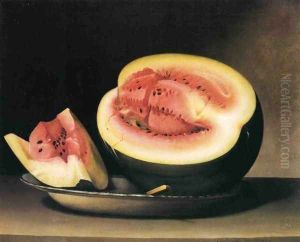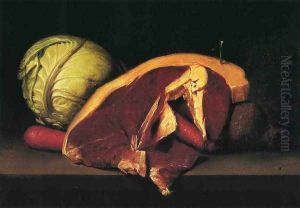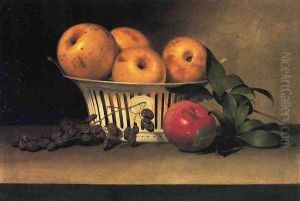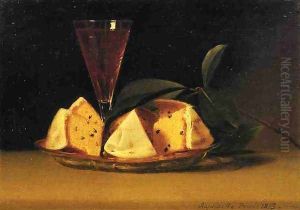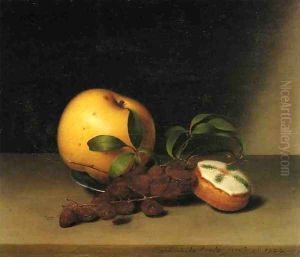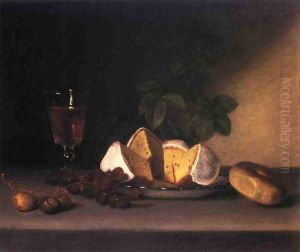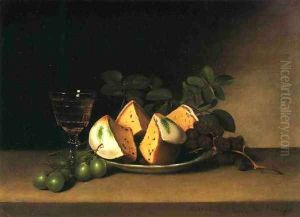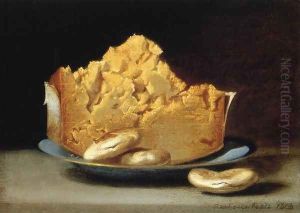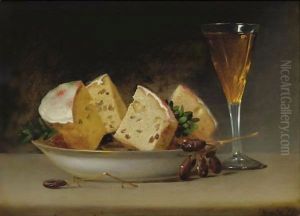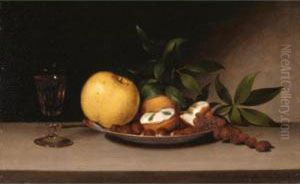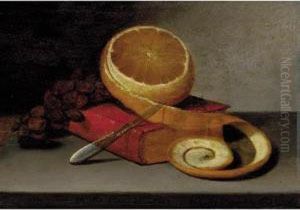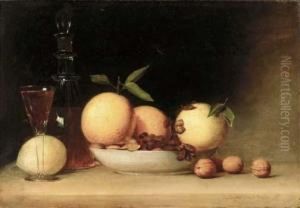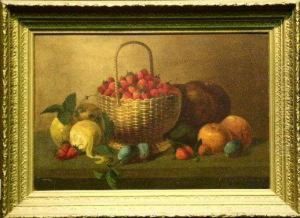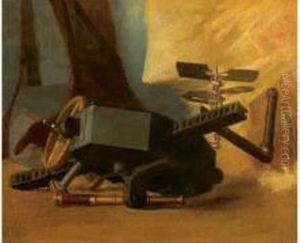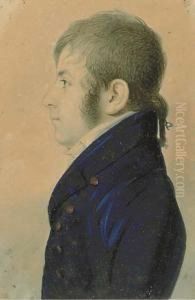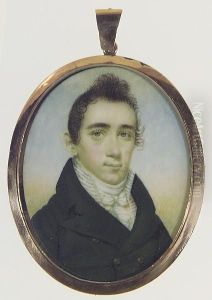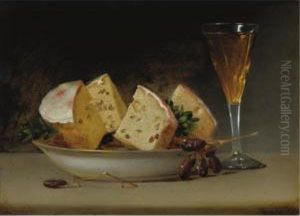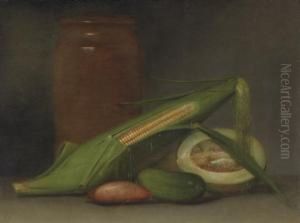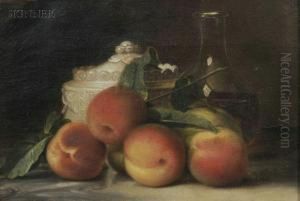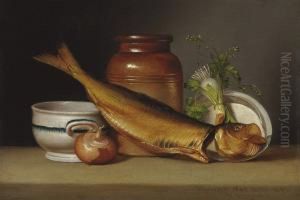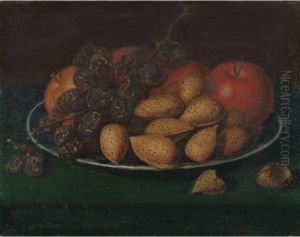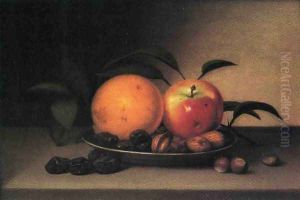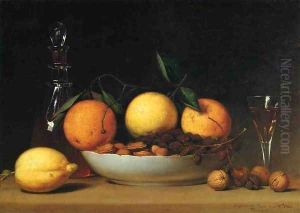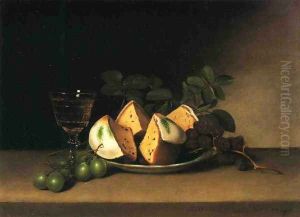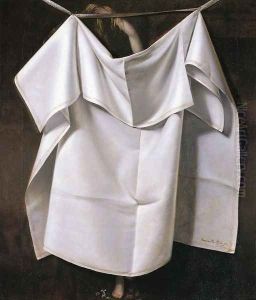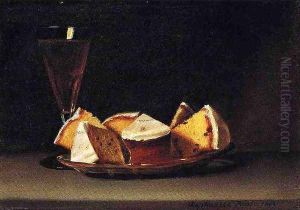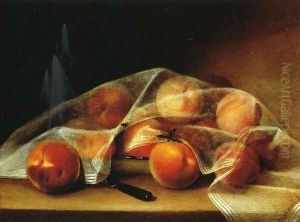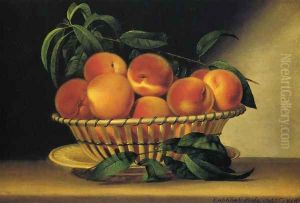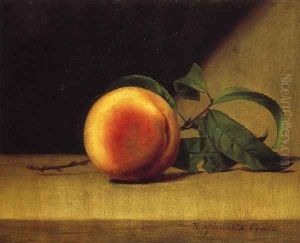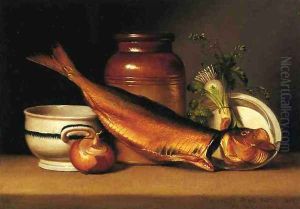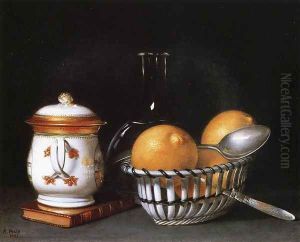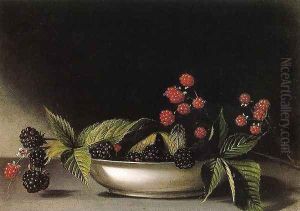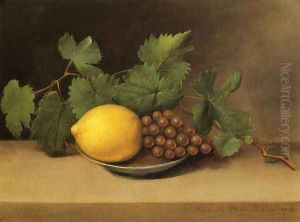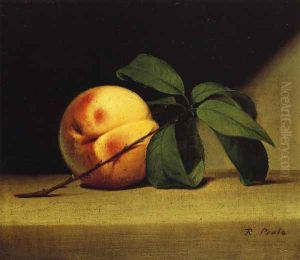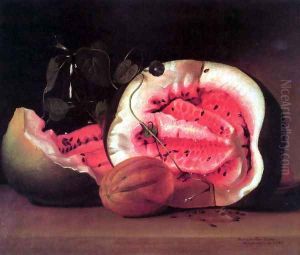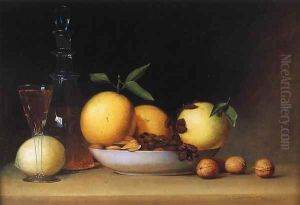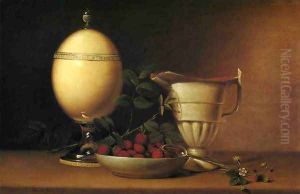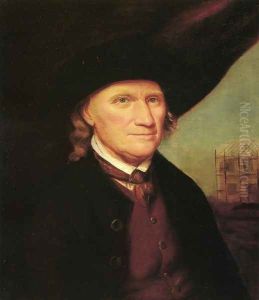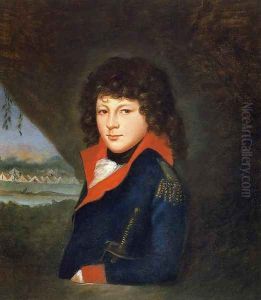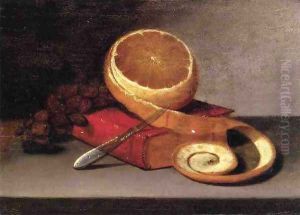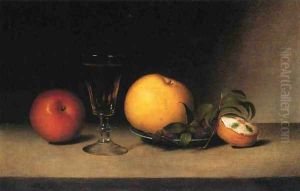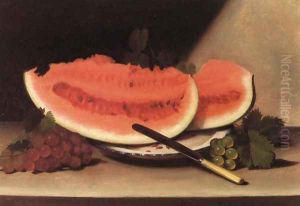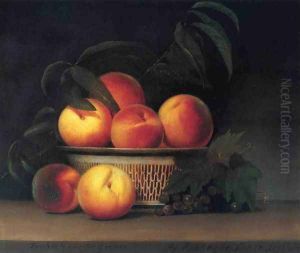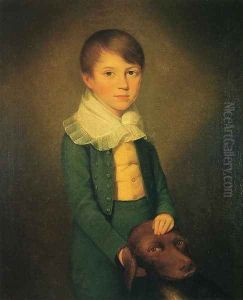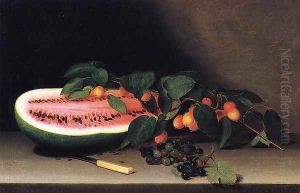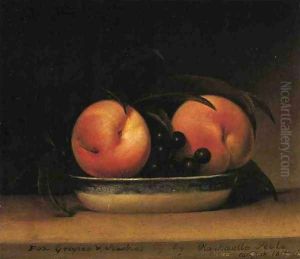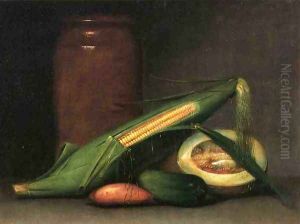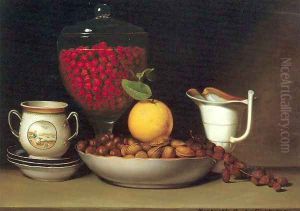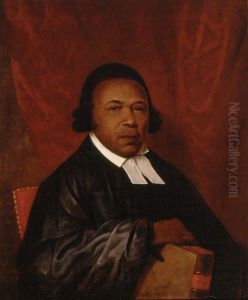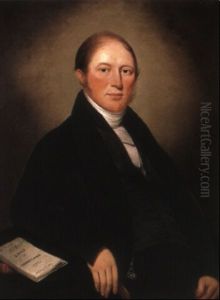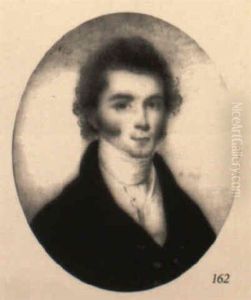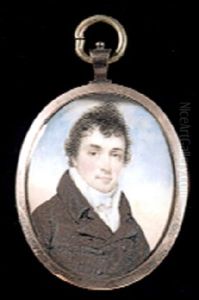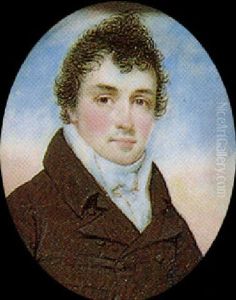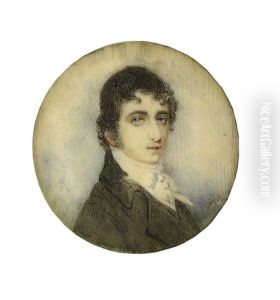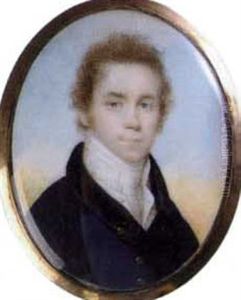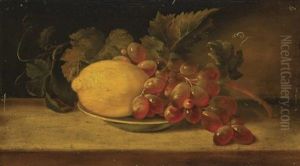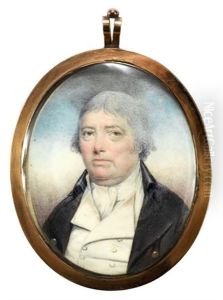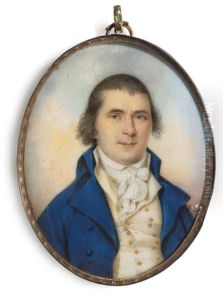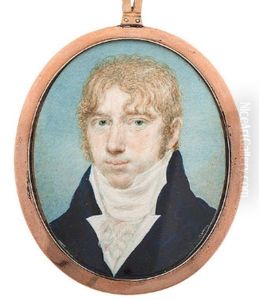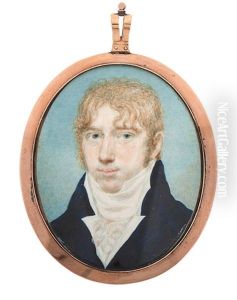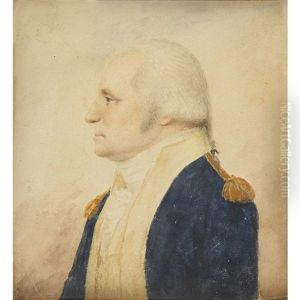Raphaelle Peale Paintings
Raphaelle Peale was an American painter known for his still-life works and as one of the first professional American still-life artists. Born on February 17, 1774, in Annapolis, Maryland, he was the son of Charles Willson Peale, a notable artist and founder of the first major museum in the United States, and Rachel Brewer Peale. Raphaelle was part of a large and artistically talented family that left a significant mark on the American art scene of the late 18th and early 19th centuries.
Peale began his artistic training under the guidance of his father and later continued his studies in painting in both Philadelphia and London. Despite the prominence of his father and the family name, Raphaelle struggled to achieve the same level of success, primarily due to the limited appeal of still-life painting in America at that time. Nevertheless, he is credited with pioneering the genre in the United States.
His works often depicted objects with remarkable realism and attention to detail. Peale's still-life paintings typically included food items, such as fruit and vegetables, along with man-made objects like glassware and pottery, which he arranged in simple, yet elegant compositions. His use of vibrant colors and the interplay of light and shadow showcased his skill in rendering textures and surfaces, and his paintings are noted for their quiet and contemplative mood.
Unfortunately, throughout his life, Raphaelle faced financial difficulties and health problems. He operated a de facto museum out of his father's museum, where he displayed both his father's work and his own. He also tried his hand at farming and opened a business that did not last long. Despite these challenges, he continued to paint until his health no longer allowed him to.
Raphaelle Peale's life was marked by both his artistic achievements and his personal struggles. He passed away on March 4, 1825, in Philadelphia, Pennsylvania. Although not as famous as some of his contemporaries, his contribution to American art, particularly in the still-life genre, remains significant. His works are held in many prestigious collections and are appreciated for their beauty and historical value.
